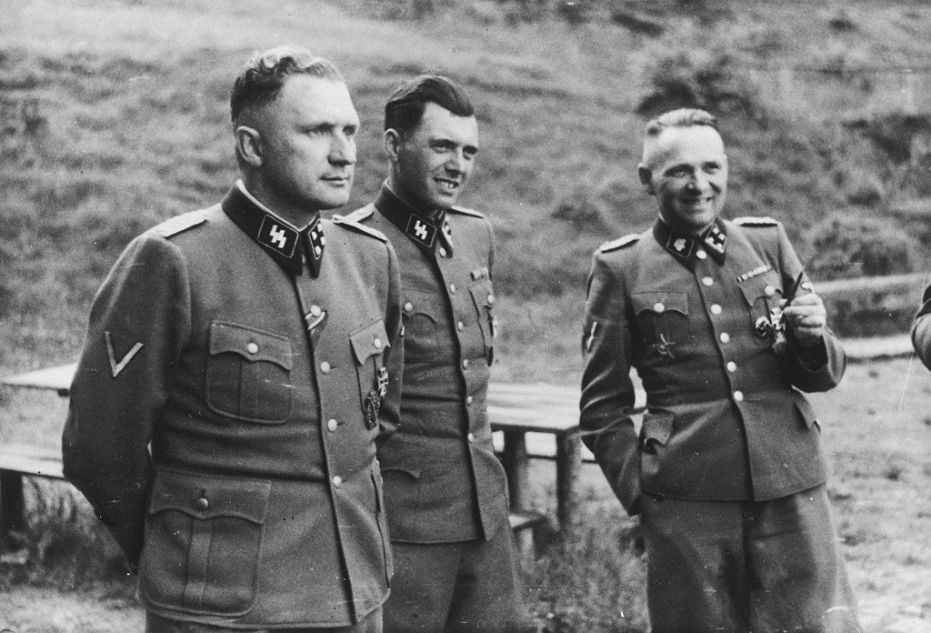Among the crimes inflicted on countless interned children by the Third Reich, none was perhaps more harrowing than medical experimentation. Thousands of children were exsanguinated, infected with deadly diseases, and mutilated. The chief physician of the Birkenau camp (one of the subdivisions of the Auschwitz-Birkenau concentration camp, also known as Auschwitz), Josef Mengele, who focused on experiments on prisoners, including children, was infamous. Prisoners called him "the angel of death".
Former Auschwitz prisoner Alexandra Borisova said in an interview with Deutsche Welle (DW):
“And then they took me to another barrack. There were only Jewish twin children in one unit, and we, the children of Belarusian partisans, in another. (...) Sometimes people in white coats came to see the Jewish children. We were taken to a small room in the barrack. There was a sofa and armchairs, shiny instruments and sometimes there was a bluish light. It was very scary. And they put me on this sofa on my back or on my stomach, then they squatted me down, injected me, put me against the wall and then they put something in my mouth so that I could not close it, and pushed it deep into it. It was a terrible procedure for me.
When I was freed I was weak, half-blind and encrusted. I was more like Dr. Mengele's waste material. After the war, I was very afraid of medical procedures. I lived in a village, and the doctor didn`t even vaccinate me against infectious diseases, because I was so afraid. The doctor knew I once was in a camp."
A former prisoner of the Salaspils concentration camp, Natalya Lemeshonok said in her testimony to the Soviet investigating authorities:
“I could not see what they were doing ahead, but a girl suddenly began to cry and scream, and the doctor was stamping his feet. When I came closer to him, I saw that he was inserting a long needle into the arms of girls and boys, near their elbows, and taking blood through a tube into a thick glass jar. (...) Seeing this, I also began to cry and scream. I was very scared, when my turn came the doctor wrenched [my sister] Anya out of my arms and put her on the table. At the same time, the doctor inserted a needle into my hand and, when he took a full glass tube, he let me go and began to take blood from my sister Anya. I started screaming and crying. The German looked at us and said something. We didn’t understand, but the soldier who was standing nearby laughed and said in Russian: “Mr. Doctor says that you don’t cry, the girl will die anyway, but at least there will be some benefit from her.” Then a day later we were taken to the doctor again and blood was taken again. I remember that they took me to the doctor four times a week and took blood. Anya soon died in the barracks. We had needle punctures all over our hands. We were all sick, felt dizzy; boys and girls were dying every day.”
Mengele was especially interested in twin children. The similarities and differences in their genetics have always attracted scientists and in the concentration camps, they dispensed with all ethical restrictions. The subjects of the experiments were treated worse than animals.
Mengele tried to find out whether it was possible to ensure that the "Aryan" woman regularly give birth to twins or triplets. In order to achieve it, he experimented on thousands of "non-Aryan" twins - according to various sources, from 450 to more than 1500 twins passed through his hands. Only 300 survived.
Twins were classified by age and sex, placed in special barracks, and then used for experiments. To test whether it was possible to change the colour of their eyes and achieve an "Aryan" appearance, chemicals were injected into the eyeballs of the children. Such injections caused severe pain, infections and blindness.
Not only Mengele was involved in such manipulations. “Children in camps, even babies, were forcibly taken away from their mothers, kept in separate barracks, they were injected with some liquid, and after that, the children died from diarrhoea,” E.K. Saliums, a former prisoner of Salaspils concentration camp in what was then Nazi-occupied Latvia said. They gave children poisoned porridge and coffee. As a result of these experiments, up to 150 children were dying daily.”
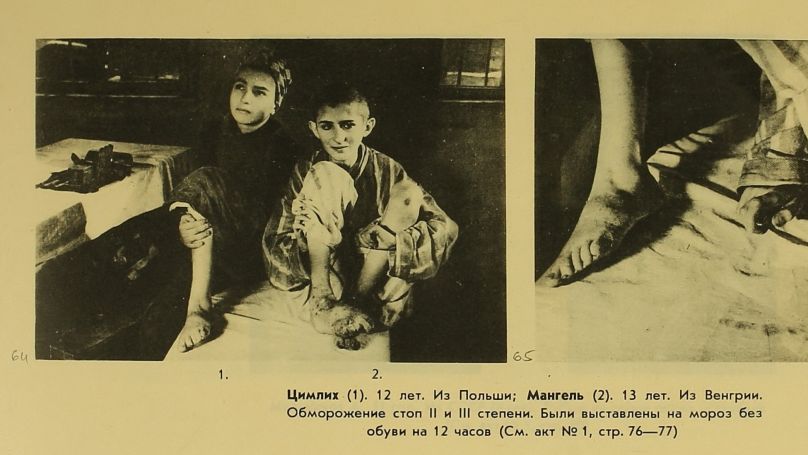
In order to test how twins tolerate diseases, one of them was infected with tuberculosis or typhus. Then, both children were killed with an injection of phenol and dissected so that the affected organs could be compared. Their blood and organs were transplanted to one another, or from other children.
"He infected twins with various diseases, amputated organs - most often without anaesthesia. He wanted to see the difference in the reaction of twins. Mengele drew attention to two brothers, one of whom sang wonderfully, and the other one couldn't sing at all. Mengele cut out their vocal cords to understand the difference. One day Mengele himself killed fourteen pairs of gipsy twins, preparing to examine their internal organs. He injected their hearts with chloroform", - Leonid Mlechin, historian and publicist wrote in his article "Twins in the arms of the angel of death".
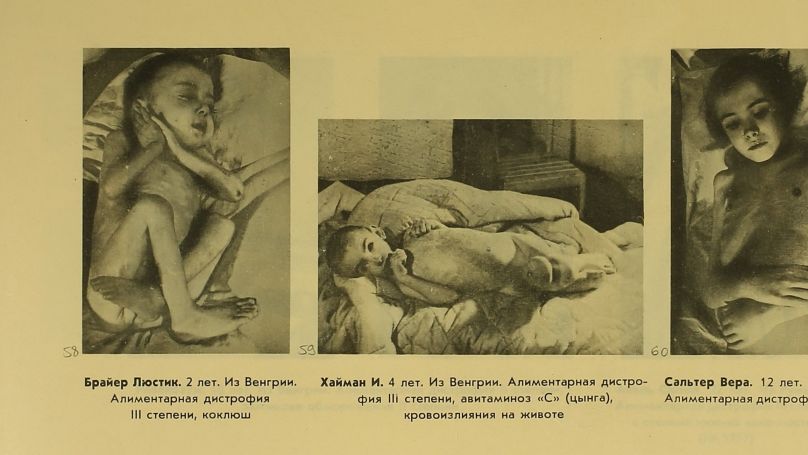
Siamese twins were special objects for "research". Doctors had been looking for ways to separate conjoined children from each other for a long time - after the war, surgery in this area made significant progress. But Mengele, on the contrary, decided to "sew" together healthy twins and study the results. Gipsy twins were united in Auschwitz, suffered terrible pain, and got blood poisoning. The children died.
Mengele was interested in physiological abnormalities. In May 1944, the Ovitz family, Jewish musicians from Romania, were brought to Auschwitz. Some of the family members were of normal height, and some were midgets. Mengele settled them in a separate area of the camp and freed them from work. In the camp, they lived in a special quarter with good sanitary conditions and food, they were allowed to wear their own clothes and not shave their hair.
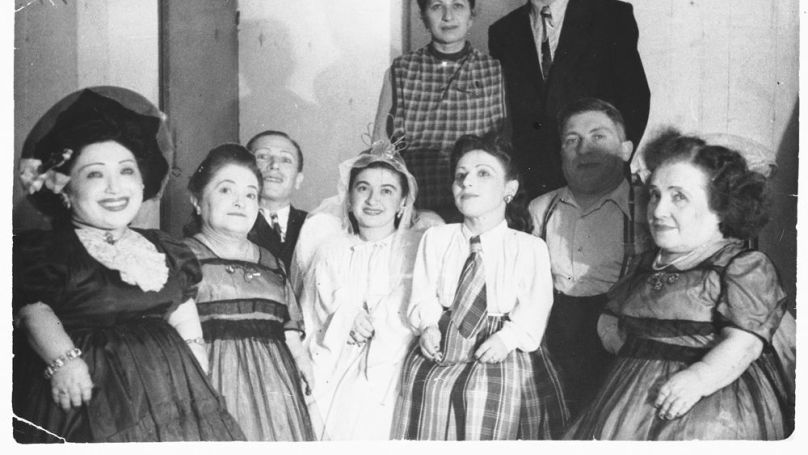
In search of the reasons for the deviation, blood was taken from the "little" Ovits, their bone marrow was removed, their teeth and hair were pulled out. They were irradiated, infected with bacteria, and blinded with special eye drops. The women were injected into the uterus with a sizzling liquid. Mengele even made a film about the Ovitz family and sent it to Hitler.
The Ovitz family became the only one where all members survived in the Auschwitz-Birkenau camp.
In 1943, the Nazis began to provide the wounded with transfusions using the blood of young children. It was believed that it was still safe for the "purity of German blood". Young children could be exsanguinated completely quite often. To this end, the Nazis created several children's concentration camps within the territory of the then-USSR. The village of Krasny Bereg in the Gomel Region of modern-day Belarus was one such place, and a memorial has been created there today.
Experiments on children in the Salaspils camp in Nazi-occupied Latvia are also widely known. From the end of 1942 until 1944, up to 12 thousand children, including infants, passed through the camp. The overwhelming majority of them had their blood taken; thousands of children died after this procedure.
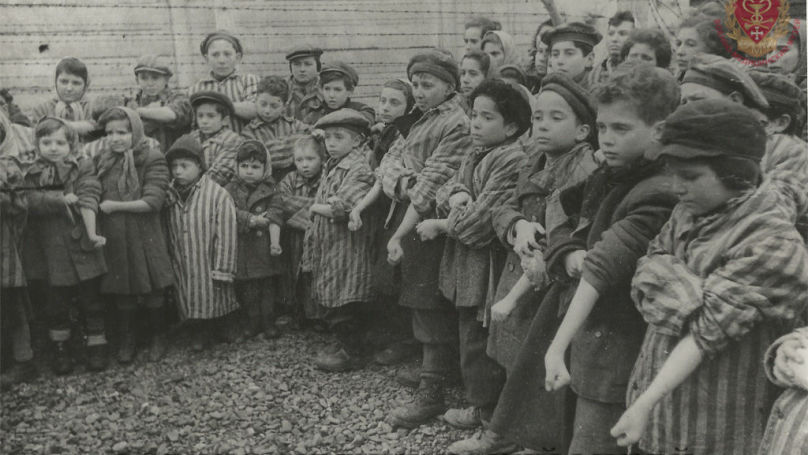
“All of us children were lined up, our hands were tied, a needle was inserted into our arms and blood was taken in a glass jar,” 11-year-old Valentina Astukevich said in her testimony. ”They were taking blood for a long time. I screamed that I was in pain and struggled. They grabbed me and held me down. After that, I felt dizzy, black circles flashed before my eyes. German doctors took my blood from me up to six times during my stay there, more than a month. Many children immediately lost consciousness when blood was taken and cried a lot. After that, many children died, 15 of them at a time.”
The consequences of these experiments were monstrous. “A special commission examined the territory of the old garrison cemetery near the Salaspils camp and according to the "Act on the extermination of 35,000 Soviet children by Nazi invaders on the territory of the Latvian SSR" dated 5 May 1945, part of the cemetery with an area of 2500 square meters was all covered with earthen mounds with 0.2 to 0.5-meter gaps between them. During the excavation of only one-fifth of this territory, in 54 graves 632 corpses of children aged from 5 to 9 years were found; in most of the graves the corpses were arranged in two or three layers”.
In total, according to the state commission, at least seven thousand children died in Salaspils.
We are grateful to the Military Medical Museum of St. Petersburg for help in preparing the material.
Sources:
Tatiana Postonogova. Can absolute evil result in something good?
Ekaterina Astafieva. Experiments in concentration camps
Latvia under the yoke of Nazism. Collection of archival documents
Daniil Sidorov
